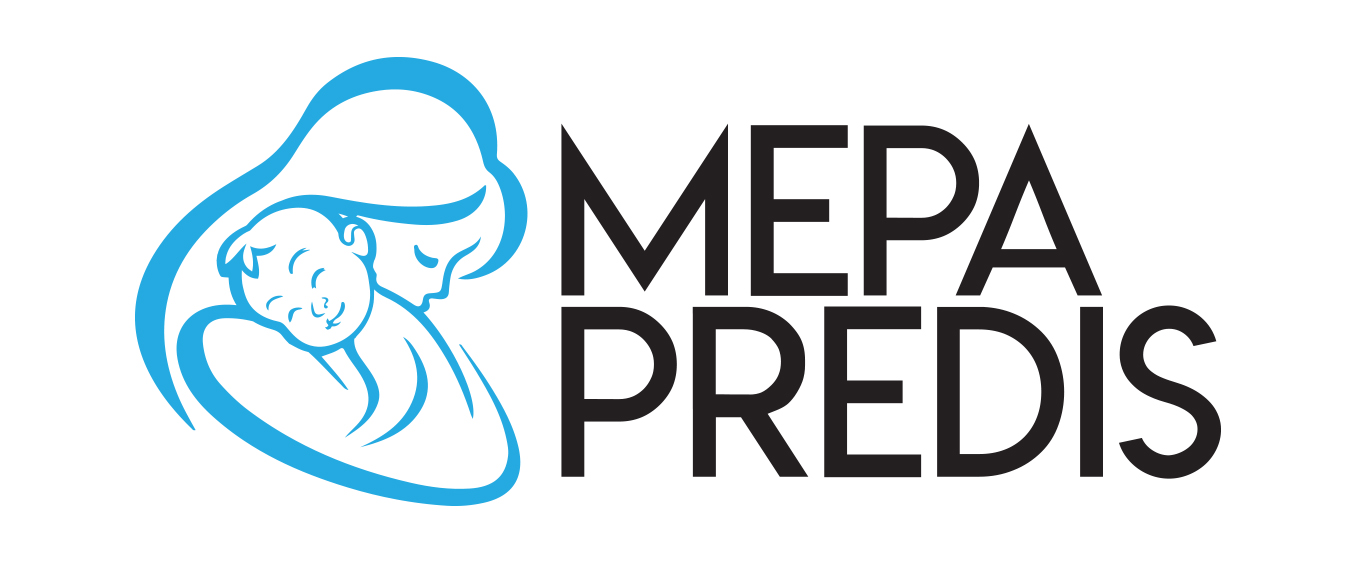Project Description
- Start date: jan 2018
- End date: jun 2019
- Duration (months): 18

- Total budget: € 572.377,71
- Lab Budget: € 139.824,12
- Number of partners: 4
- Partners: Advanced Research & Solution Consulting S.R.L. / Università del Salento / Xenia Network Solutions Srl / Università degli Studi di Bari “Aldo Moro” – Policlinico – I U. O. Ginecologia e Ostetricia (Final User)
In detail, it responds to the needs expressed by the I ° U.O. Gynecology and Obstetrics of A. Moro University of Bari, from which emerges the need to develop an early screening system for Gestational Diabetes Mellitus (GDM), which represents an intolerance to glucose with the beginning or early recognition in pregnancy. The main reasons for the screening and treatment of GDM derive from the numerous maternal or foetal adverse events associated with untreated GDM.
The aim of the project is to design and implement an early screening system to identify any changes in the composition of the metabolomics profile correlated with GDM by the first trimester of pregnancy.
In detail, the project includes:
- The study and characterization, already in the first trimester of pregnancy, of the molecules involved in the biochemical processes correlated with GDM.
• The design and development of a new and innovative technological platform able to govern the overall process of access to the required procedures in an automatic way
Furthermore, the Core – LAB will also play an important role in carrying out the activities related to communication and scientific dissemination of the project results. In detail, it will participate in the planned actions in terms of: a) Involvement of final user of the envisaged solutions; b) Demonstration of the goodness and validity of the project results and solutions; c) Dissemination of scientific and operational outcome and results, at regional, national and international level, also through publications and scientific articles.
On the other hand, the development of the technological platform, will be based on technologies that meet the accessibility criteria, and will be composed of two key components:
- Technologies enabling the management of the clinical-health process;
• Technologies for the interfacing with information / interaction functions according to the different type of user (e.g. hospitals, patients, citizens, etc.).
1 An early screening methodology for GDM cases using innovative and combined analysis tools in order to increase the effectiveness and efficiency of the monitoring techniques currently mainly used.
2 Modular technological components to be used for the management and sharing of clinical data and information that, if appropriately processed and analysed, can bring benefits both in terms of response times and prevention.
The qualitative advantages, achievable in the health sector by the introduction of methodologies and technologies for the early screening of the GDM would be considerable. Indeed, the early detection in the first trimester of pregnancy of GDM would prevent the adverse maternal-foetal adverse events related to it.
In the long term, the reduction is expected both in the days of hospitalization due to maternal complications related to GDM, and in cases of the onset of type 2 diabetes in the mother and of foetal complications.
Finally, through the innovative technological platform, we expect to govern the overall process of access to the procedures required by the screening activity, and the assessment of the impact on pregnancy outcome.
For more information please contact: Claudio Pascarelli (claudio.pascarelli@unisalento.it)
